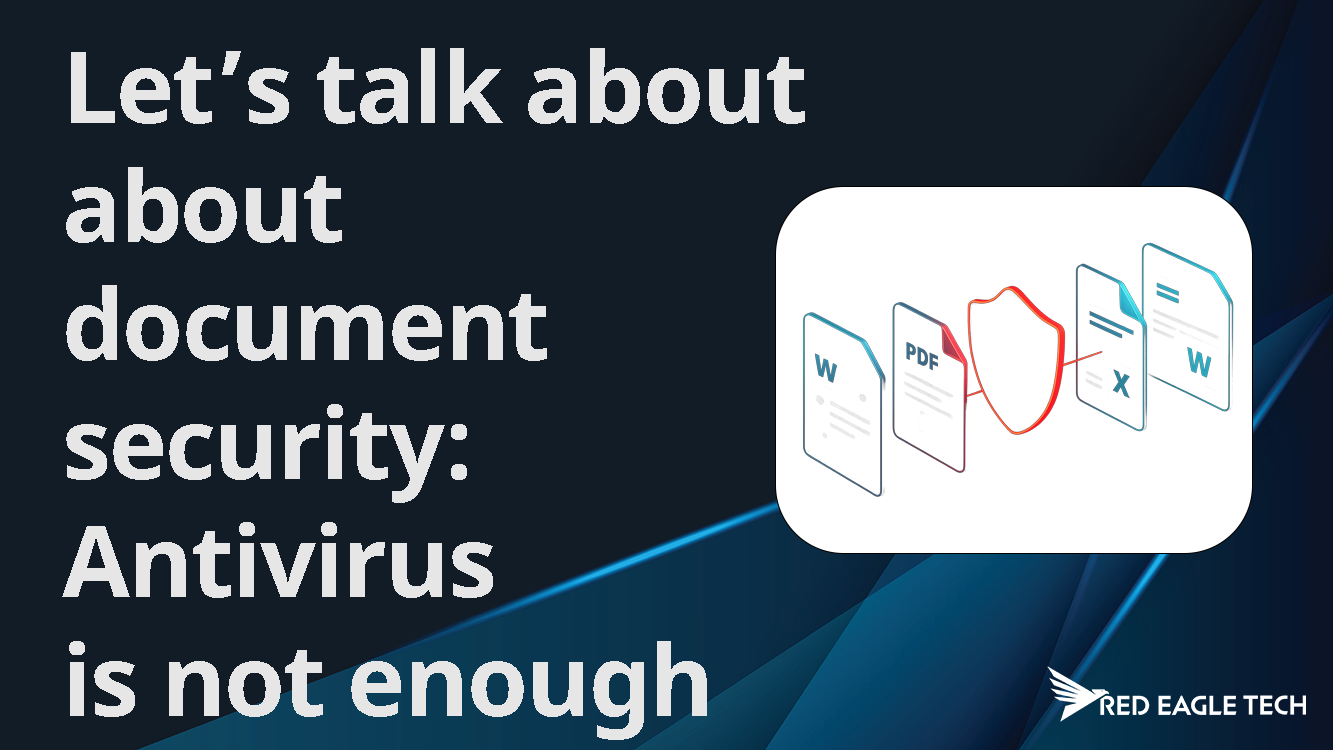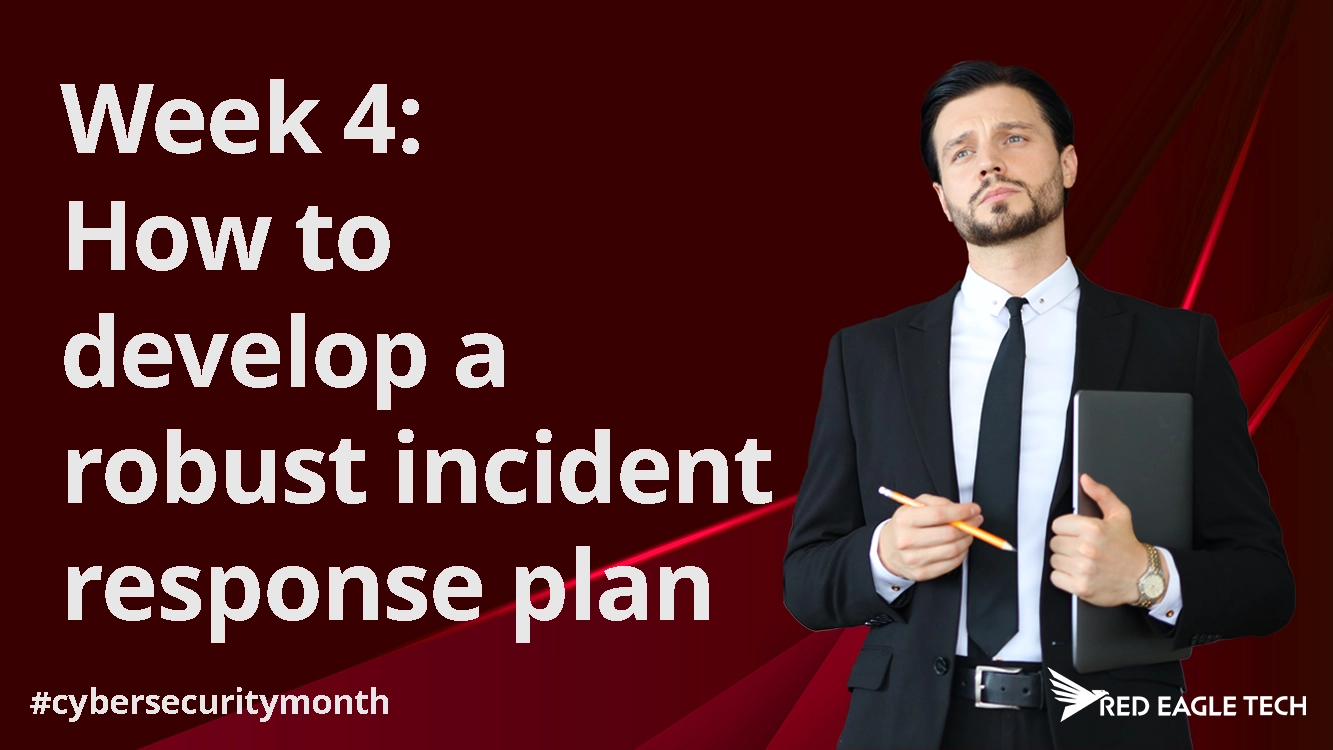
Cybersecurity essentials for UK SMEs: What you actually need vs what you're sold
When it comes to cybersecurity, many small and medium-sized businesses in the UK overlook simple, practical measures that can make a real difference. It's not always sophisticated, large-scale attacks that cause damage. More often, it's the basic, preventable gaps that leave businesses exposed.
Take the recent Marks & Spencer breach, for example. It wasn't caused by a sophisticated zero-day exploit. It was the result of several layers of weakness: social engineering, weak passwords, and a lack of multi-factor authentication (MFA).
Many UK businesses are still being compromised through these simple gaps. If your organisation isn't using MFA, enforcing strong password policies, or training staff to spot phishing attempts, you're far more vulnerable than any shiny security dashboard will admit. Here we bring you practical, cost-effective steps that actually keep your business safe, sans scare tactics or unnecessary costs.
How do UK small businesses actually get hacked at basic levels?
The invoice scam epidemic
A Bristol construction firm lost —45,000 last year. Not through sophisticated hacking, but because someone impersonated a supplier and sent a fake invoice with changed bank details. No fancy security tool would have stopped it - but basic verification procedures would have.
Password disasters
A Manchester recruitment agency had their entire candidate database stolen. The breach? An employee used "Company123!" across multiple accounts, including their personal LinkedIn which got compromised. The hackers simply tried the same password on the company systems.
Ransomware
Ransomware is a type of malicious software (malware) that locks you out of your files or systems and demands payment (a ransom) to restore access. A dental practice in Leeds couldn't access patient records for two weeks after ransomware hit. They had antivirus, a firewall, even cyber insurance. What they didn't have? Recent backups that actually worked. The ransom demand was —15,000. The lost business cost them triple that.
What security vendors want you to buy (but probably don't need)
Walk into any cybersecurity sales pitch and you'll hear about:
Next-generation AI-powered threat detection
Sounds impressive. Costs a fortune. Meanwhile, your biggest vulnerability is Sharon in accounting who clicks every link she receives. You don't need artificial intelligence - you need Sharon to stop and think.
Enterprise-grade security operations centres
24/7 monitoring by security experts sounds reassuring. But if you're a 20-person company, you don't have the same threat profile as Barclays. You're paying for protection against attacks that aren't coming your way.
Complex security architectures
Some consultants will map out security solutions with more layers than a wedding cake. Each layer costs money, needs managing, and can actually make your systems harder to use - pushing staff to find workarounds that create new vulnerabilities.
What actually protects SMEs: The unglamorous essentials
Here's what genuinely stops most cyber attacks on small businesses:
Strong authentication everywhere
Honestly you wouldn't be alone if you rolled your eyes at being asked to have an 18 character password that includes a number, a capital letter, a special symbol, a haiku, and an ancient Egyptian hieroglyph that only appears during a full moon. But while it might feel over the top, strong passwords really do matter and more importantly, it's essential that they are paired with multi-factor authentication (MFA).
MFA requires something you know (your password) and something you have (like a code from your phone) and blocks 99.9% of automated attacks. And yet, most SMEs still haven't enabled it.
A Birmingham marketing agency enabled MFA after a close call. Six months later, their logs showed 400 attempted breaches that MFA blocked. Cost to implement? Nothing - their existing Microsoft subscription included it.
Backups that actually work
Not just having backups - having backups you've tested, that restore properly, and that ransomware can't encrypt. The 3-2-1 rule works: 3 copies of important data, on 2 different types of storage, with 1 copy off-site.
An Oxford retailer had backups - all connected to their network. When ransomware hit, it encrypted the backups too. Now they keep one copy completely disconnected, updated weekly.
Security awareness that sticks
Your people are either your strongest defence or your weakest link. But death-by-PowerPoint security training doesn't work. What does? Regular, practical reminders about real threats.
One approach that works: the "stop and check" rule. Before transferring money, changing account details, or clicking unexpected links, staff stop and verify through a different channel. Simple, free, effective.
Patching and updates (yes, really)
Those annoying update notifications? They're fixing security holes. A Southampton logistics firm got breached through a vulnerability Microsoft had patched six months earlier. They just hadn't installed the update.
Set up automatic updates where possible. Where you can't, schedule monthly patching sessions. Boring? Yes. Cheaper than a breach? Absolutely.
The security measures that make sense for different business types
Retail and hospitality
Your biggest risks: payment card theft and point-of-sale compromises. You need PCI compliance (it's not optional if you take cards), secure Wi-Fi separation (customer and business networks should never mix), and locked-down payment terminals.
Skip the expensive security monitoring. Invest in proper network segmentation and staff training on card handling procedures.
Professional services
Your risks: client data theft and business email compromise. Essential protections include email security tools (most business email packages include these), client portal encryption, and strict access controls on sensitive data.
Don't overspend on network security if everyone works remotely. Focus on endpoint protection and secure file sharing instead.
Manufacturing and logistics
Your concerns: operational disruption and intellectual property theft. Critical needs include isolated backup systems (ransomware loves hitting production systems), basic network monitoring, and physical security for servers.
Avoid overcomplicating IT/OT integration security. Keep systems separated where possible - simpler is often more secure.
Red flags: When security companies are overselling
Watch out for these warning signs:
Fear-based selling
"You could be the next victim!" True, but not helpful. Good security partners assess your actual risks, not theoretical disasters.
Complexity worship
If they can't explain what something does in plain English, you probably don't need it. Security should make your business safer, not harder to run.
No talk of basics
Any security company that jumps straight to advanced solutions without checking your password policies and backup procedures is solving the wrong problems.
One-size-fits-all packages
A law firm has different security needs than a coffee shop. Cookie-cutter solutions miss crucial details.
Building practical security on a realistic budget
Here's a security roadmap that won't break the bank:
Month 1: Fix the foundations
Enable MFA on all critical accounts, audit and update all software, test your backups (properly test - try restoring something), and set up basic security awareness reminders.
Month 2: Address major gaps
Implement email filtering if you haven't already, separate admin accounts from daily use accounts, review who has access to what data, and create an incident response plan (one page is fine).
Month 3: Add sensible protections
Deploy endpoint protection on all devices, set up automated patching where possible, consider cyber insurance (but read the requirements), and schedule quarterly security reviews.
What good cybersecurity actually looks like for SMEs
A well-protected small business doesn't look like a fortress. It looks like staff who pause before clicking suspicious links, systems that update themselves automatically, backups that someone actually checks monthly, passwords you can't guess in three tries, and a simple plan for when things go wrong.
A London estate agency implemented these basics after years of security companies pushing complex solutions. Result? No successful attacks in two years, minimal IT headaches, and they actually understand their own security.
Making smart security decisions
Before buying any security solution, ask:
1. What specific risk does this address?
2. Is this risk relevant to my business?
3. Could we achieve the same protection more simply?
4. Will my team actually use this properly?
5. What happens if this solution fails?
If the vendor can't give clear answers, keep your wallet closed.
The security-first approach that actually works
Real cybersecurity for SMEs isn't about having every possible defence. It's about doing the basics consistently, understanding your actual risks, and building security into how you work rather than bolting it on after.
The businesses that don't get breached aren't necessarily the ones spending most on security. They're the ones taking sensible precautions seriously, training their people properly, and not leaving obvious doors open while installing expensive locks on the windows.
Need help cutting through the cybersecurity noise to build practical protection for your business? We help UK SMEs implement security that makes sense - focusing on real risks, not theoretical threats. Happy to have a straightforward conversation about what you actually need versus what you're being sold.





































